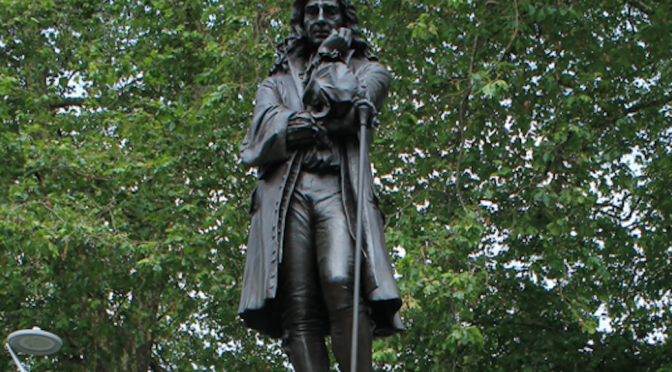by Brian Murray, Senior Lecturer in Nineteenth-Century Literature, King’s College London
The toppling of the statue of slave trader and MP Edward Colston during a Black Lives Matter demonstration in Bristol on 7th June has led to a predictable wave of outrage at the ‘erasure of history’. But what kinds of history might a statue be said to embody or project? The Colston statue was 125 years old. But it is also an idealised late-Victorian representation of seventeenth-century subject (unveiled 174 years after Colston’s death). What did Colston mean to Bristolians in 1895? Contemporary reports of the statue’s erection in the Bristol Mercury – accessed via the British Library Newspapers database – offer a glimpse of the new monument at its first unveiling.
Continue reading Erasing History? Colston in Bristol




